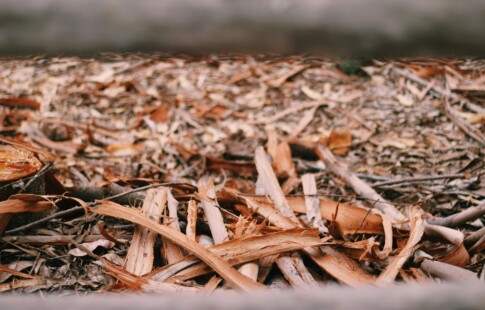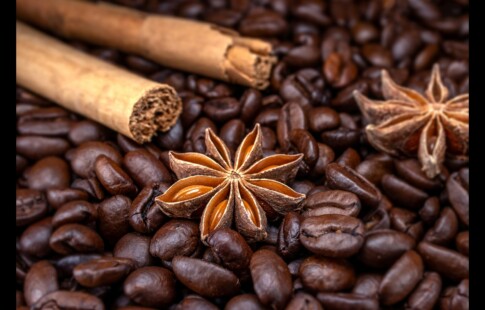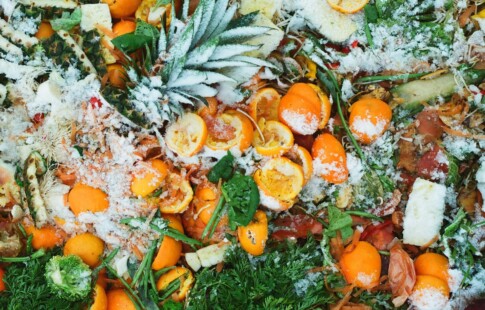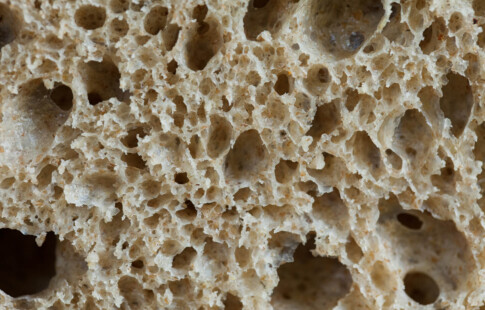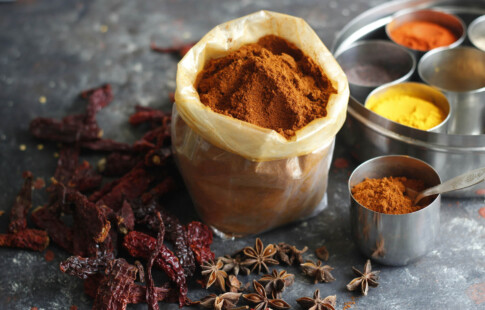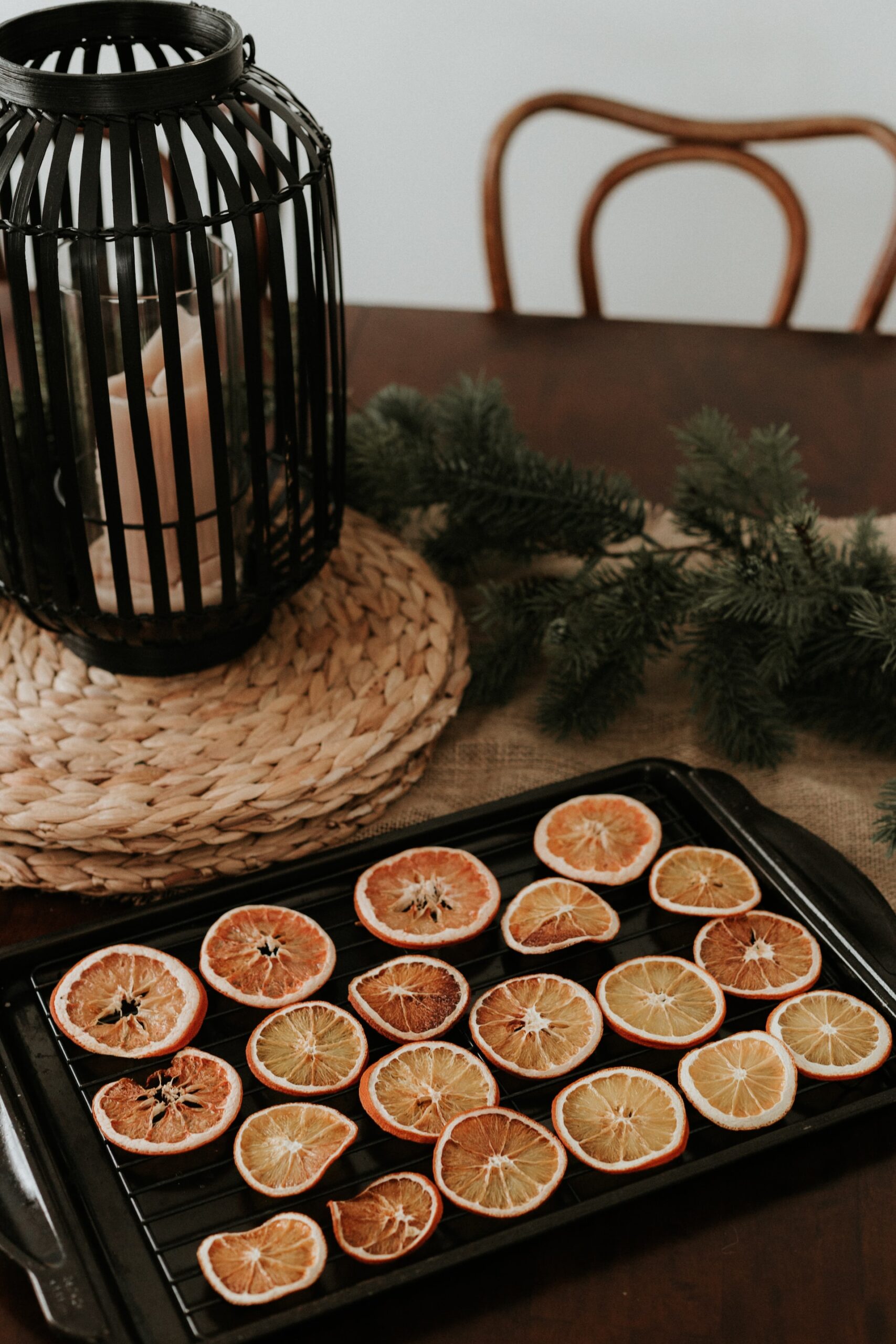
How to Dry Oranges, Plus 8 Ways to Use Them
We are reader-supported. When you buy through links on our site, we may earn affiliate commission.
Festive, bright and oh-so-zesty, dried oranges have a number of uses as food and decor. Usually cut into thin slices, these crunchy fruit crisps are tasty on their own, and they also make excellent garnishes, freshen the air and look lovely on a Christmas tree. Here’s how to dry oranges yourself.
Instructions for Drying Oranges
As far as recipes go, this one couldn’t be simpler — after all, you only need one ingredient. Gather four medium-sized oranges. This should be just enough to cover three baking trays. Ideally, choose sweet, seedless oranges at the peak of ripeness.
As with all fruits and vegetables, if you have access to organic oranges, get them. You’re going to be using the peels, and you don’t want to inadvertently eat trace amounts of pesticides.
- Wash and dry the oranges thoroughly.
- Heat your oven to 175 degrees Fahrenheit.
- Cut the oranges into thin slices. Thicker slices will take longer to dry out, so aim for a thickness of about 1/8 of an inch.
- Dab the oranges dry with a cloth or paper towel. If there are any seeds, remove them.
- Line the trays with baking paper. Spread the oranges out on the trays in a single layer, not letting them overlap. This will help them dehydrate evenly.
- Bake for one and a half hours. Then, take the oranges out of the oven briefly to turn them over.
- Continue baking them, flipping them once every hour and a half. The total baking time should be three and a half to five and a half hours. Once they’re thoroughly dry, you can take them out and let them cool.
You’ll have your oven running for several hours, intermittently opening it and letting out heat, so you might want to do this process on a cold day. It’s a great activity for a chilly autumn afternoon when the weather is too brisk to go outside. As a bonus, it will make your house smell like citrus.
Ways to Use Dried Oranges
Here are some crafts and snacks that use dried orange slices. Or, get creative and find your own unique uses for them.
- Garnish Your Food
Top a chocolate cake or cupcakes with dried orange slices. Put them on the rim of a punch bowl filled with apple cider. Garnish a glass of mulled wine with floating orange slices, or even use them to liven up a glass of lemonade. They serve as both decorations and extra flavor.
Or, instead of using whole orange slices, you can grind them up with a cheese grater to make a zesty topping which you can then use on sauces or cocktails.
- Snack on Them
You can eat dried oranges by themselves or bake them dipped in chocolate with a pinch of sea salt. Like all dehydrated fruit, they make a great trail snack due to their lightness. Take them on a picnic, enjoy them as a crunchy snack on a backpacking trip or bring them on your next flight — they’re a lot better than airplane food. Plus, no one will complain about the sweet smell of oranges.
- Make Potpourri
A fragrant bowl of potpourri lends a pleasant aroma to your kitchen, dining room table or bathroom. In a decorative china dish, mix dried orange slices, a few putka pods, cinnamon sticks, clove buds and essential oils. This potpourri mix looks beautiful and smells just like Christmas morning.
- Decorate the Tree
A wonderful alternative to plastic ornaments, dried orange slices embody the holiday spirit and impart an old-fashioned charm to a Christmas tree. Simply stick a sewing needle through the top of each orange slice to make a hole, then string a piece of brown twine through it. Tie it to make a loop.
If you want, you can also attach things to the dried oranges to make the ornaments even more unique. For example, glue a piece of star anise to the center of each slice, or tie a cinnamon stick or bell to the top.
- Craft a Garland
A string of dried oranges makes a lovely decoration above your fireplace mantel. Simply tie the oranges together along a string for the simplest version of this decoration. Or, punctuate the dried orange slices with other wintry decor such as pine cones, evergreen branches, Christmas tree ornaments, fairy lights and bows. If you’re feeling very festive, include some candy canes in the garland as well.
- Put Them on Gift Boxes
After wrapping a present with brown paper, tie some dried oranges on the package along with the bow, or attach it to the gift tag. You can also attach a juniper sprig, cinnamon stick or autumn leaves to the box to frame the dried orange slices. It makes for a unique and eco-friendly gift topper.
- Make a Wreath
Wreaths often feature dried fruit, so dried orange slices look right at home on this classic Christmas decoration. Include eucalyptus sprigs, juniper branches, holly leaves, pine cones and red berries in the wreath. Tie a red or gold ribbon on it to complete the look.
If you live in an area with curious animals that are attracted to strong smells, hang the wreath inside rather than on your front door. The last thing you want is a visit from a bear on Christmas Eve! However, the good news is that dried oranges don’t attract bugs, so you’re in the clear to keep them inside. In fact, the strong scent of orange oil may actually repel certain insects.
- Include Them in Mulling Spice Kits
After a Christmas party or for a fall-themed wedding, send your guests home with a container of mulling spices so they can make their own mulled wine or hot apple cider. Include dry oranges, cinnamon, cloves, nutmeg, raisins and star anise for a deliciously cozy brew. Package it in a mason jar or cloth satchel to make it look nice.
Getting Creative
There are so many uses for dried oranges, especially when it comes to holiday decorations. The process of making them smells incredible, helps warm your house and improves your culinary skills. Once dried, you can use the orange slices as food, decorations or both. Happy holidays!
Share on
Like what you read? Join other Environment.co readers!
Get the latest updates on our planet by subscribing to the Environment.co newsletter!
About the author
Maria Visser
Maria serves as the Assistant Editor of Environment.co. A true foodie and activist at heart, she loves covering topics ranging from veganism to off grid living.
